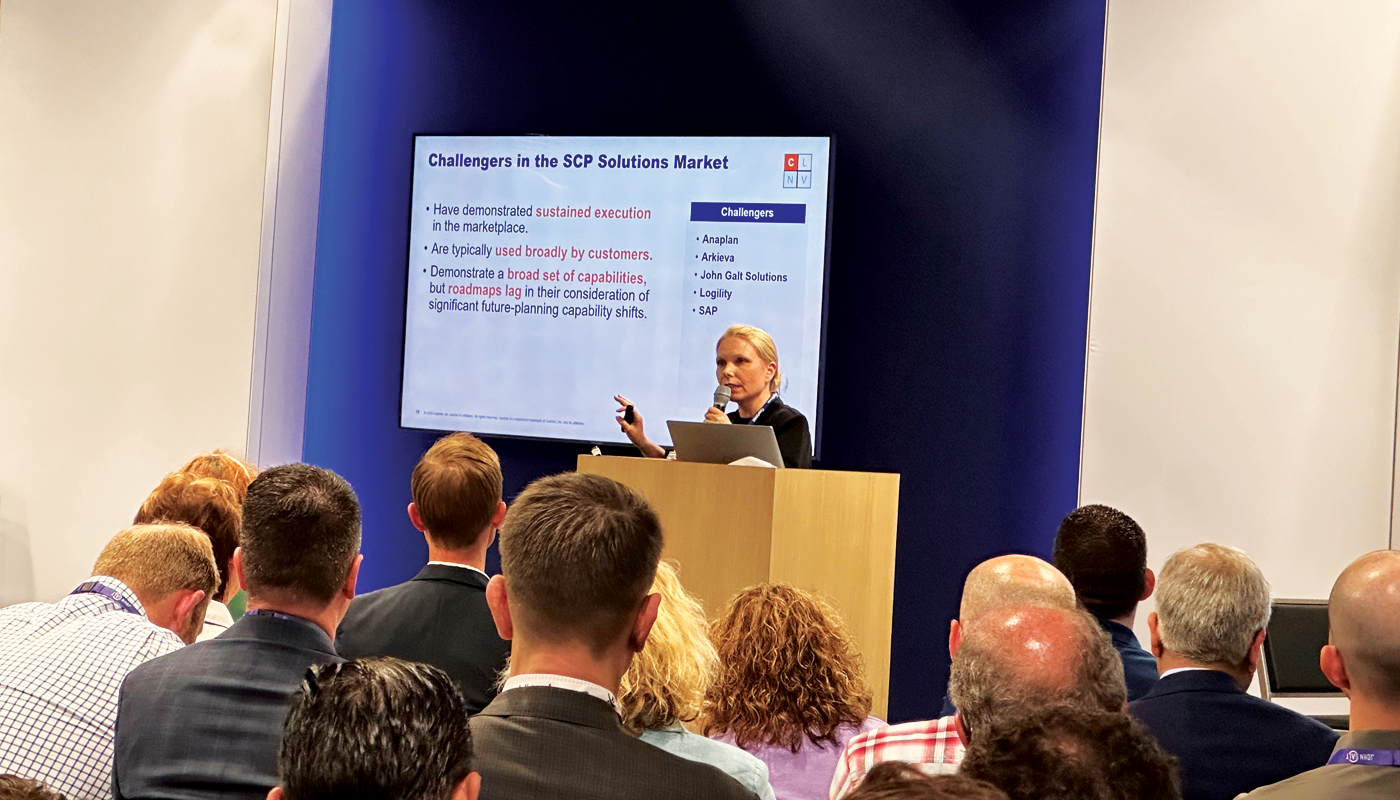When was the last time you considered renovating your supply chain planning software? For some people, it’s every year. For most enterprise customers, it’s about 6 to 9 months before the contract comes due for renewal. And there are others that either use Excel, or basic freemium products to get a functional top-down forecast done for most SKUs. These individuals see opportunity but it’s either not a pressing need or they have no idea how to take on a new solution with everything else on their plate. These individuals are supply chain “firefighters” battling day-to-day issues to keep the real estate safe – so to speak. If you are one of these firefighters, this blog is for you.
The hard reality is that supply chain planning software continues to advance and relying on last-generation tech will not progress your business. Older technologies cannot derive value from the potential that exists in your supply chain. These capabilities include automation, machine learning and real-time planning (and collaboration). Without them, you are David without a slingshot.
Why is Automation, Machine Learning and Real-time Planning so Important?
Consider these facts from a recent Software Advice survey of 350 inventory and logistics professionals:
- 46% of respondents have had at least one vendor drop them for reasons specifically related to being a smaller (not a “big box”) business. Another 23% expect to be dropped soon.
- 59% of respondents say it’s taking somewhat longer to procure inventory than in 2021.
- 35% of retailers are paying more than 20% for shipping now than 12 months ago.
These ‘events’ read like a continuation of 2020, and in large part they are. But some are new – such as the increase in suppliers dropping customers unceremoniously. These suppliers are faced with raw material and labor shortages. They are often reliant on large companies for the greatest share of gross orders. They must meet the service levels set by these “big players” to maintain the relationship. This means that other businesses cannot be served because of either limited inventory or the higher cost of serving 10 small orders vs. one large order. The funny thing is that these suppliers are choosing (much) lower margins over you.
Improving Order Efficiency
Now, you may not be able to “out order” Walmart on a gross item basis, but you can be more efficient in placing your orders. Improving supply chain planning visibility could reduce the net number of orders placed, making you an easier customer to work with. This is where machine learning/automation comes into play. Applying this technology will boost predictability, and you will be able to “see around corners” to better sense what you will truly need. As a result, you can become the model customer for them. You will provide a more predictable ordering process and have the ability to feed back to the supplier things you are seeing downstream that will make them better in their business.
And when you better predict demand, there is less need for rush shipments. Fuel is not getting less expensive any time soon. The referenced 20% increase in shipping cost must be paid by you (less margin) or the customer (potentially fewer customers in the long run). You can minimize your risk by becoming more proactive in your planning.
We understand this and we’ve spoken to many supply chain leaders over the last 30 years who are like you. We can help you understand both the business case for change and what technology you need (and do not need) to achieve your business objectives. If you are curious about what is possible, speak with a member of our team and take a tour of Arkieva’s supply chain planning solutions.






